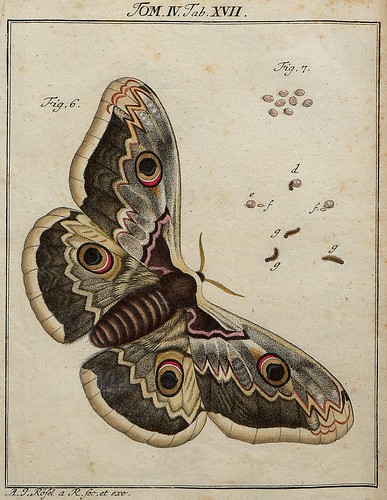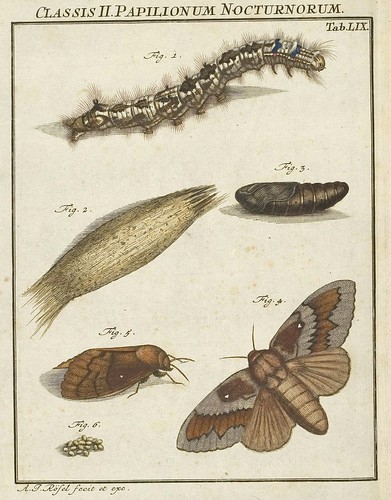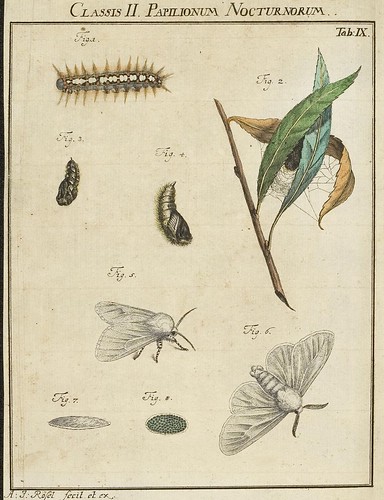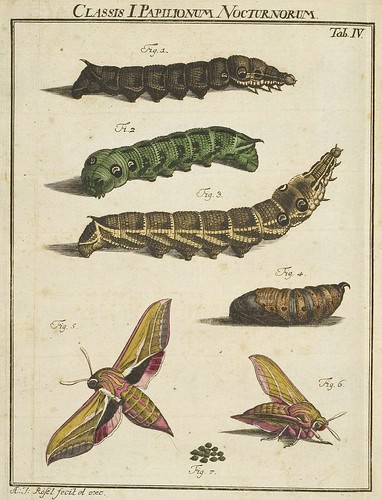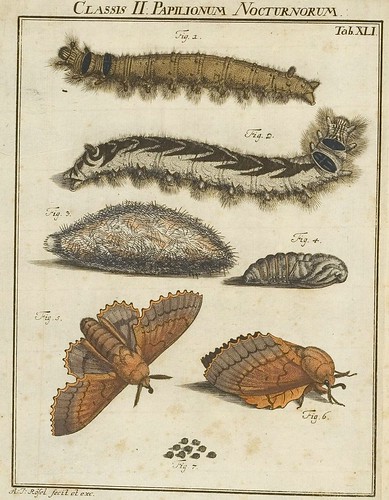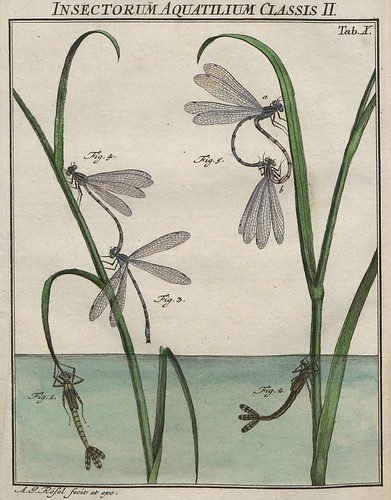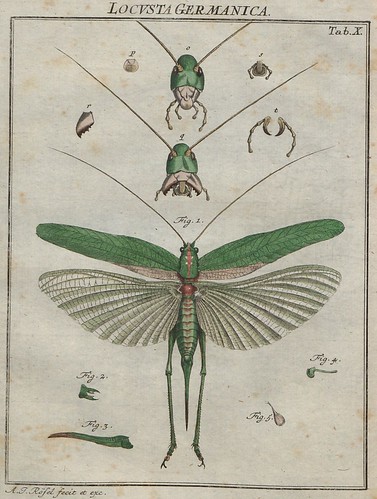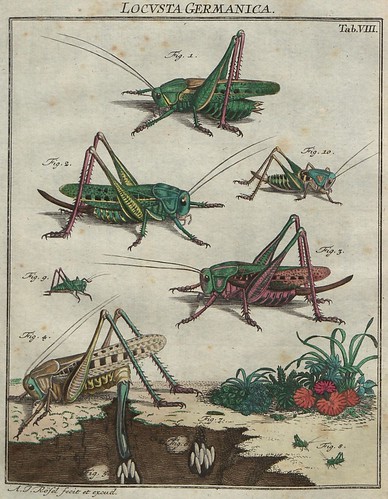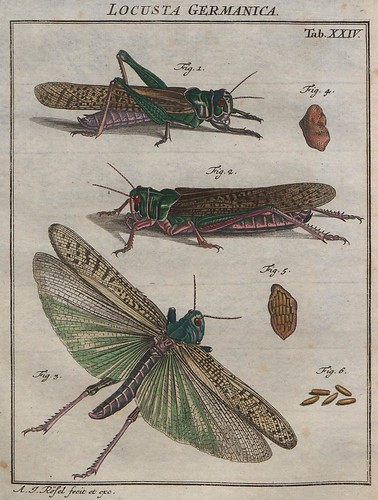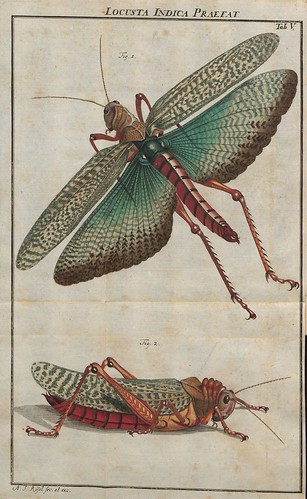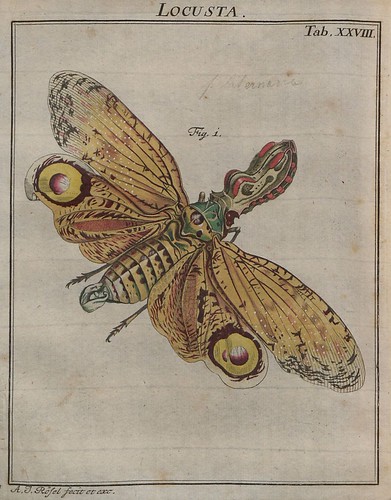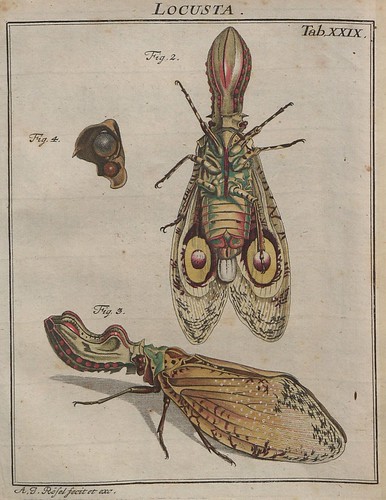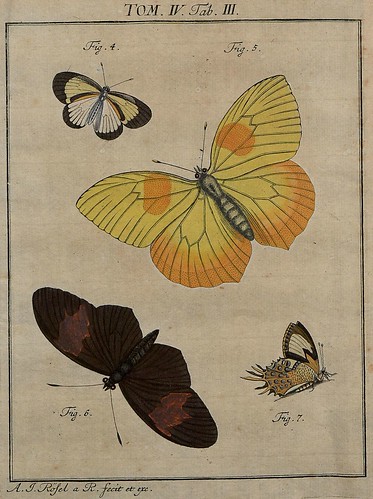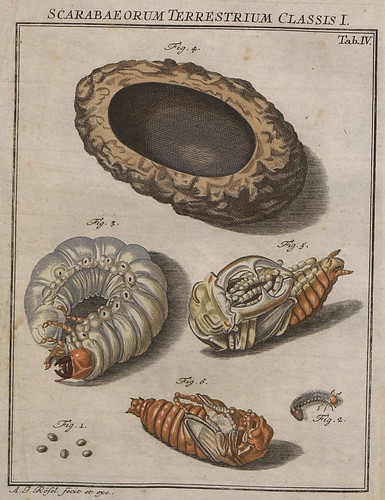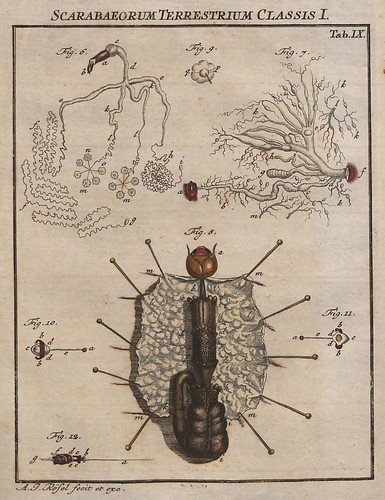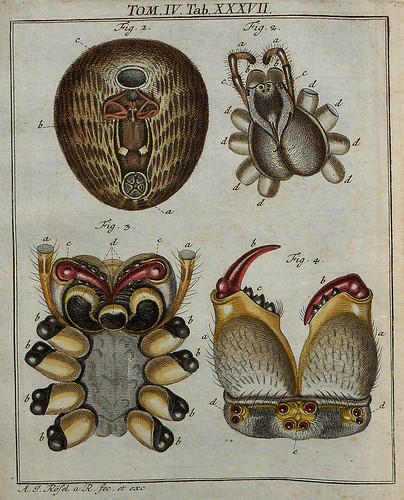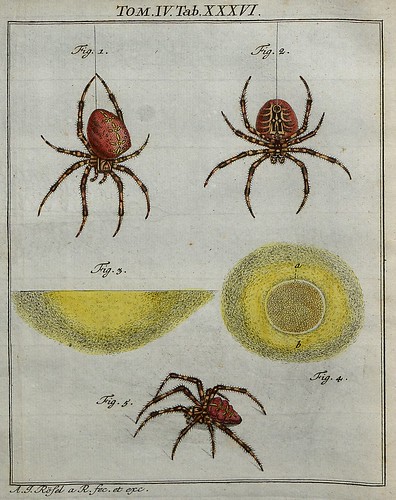Atlas of Egyptian Art
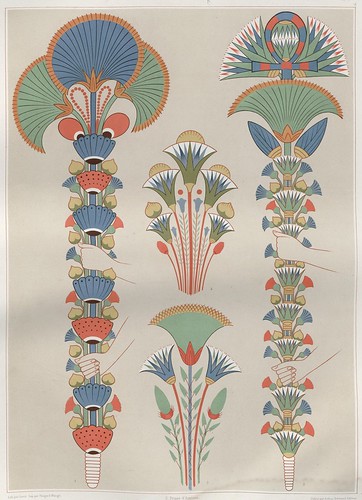
Stylised bouquets painted in tombs during the 19th and 20th Dynasties.
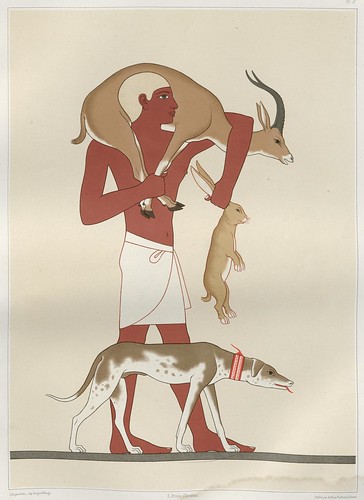
Return from the Hunt - from a painting at the Theban Necropolis (17th Dynasty)
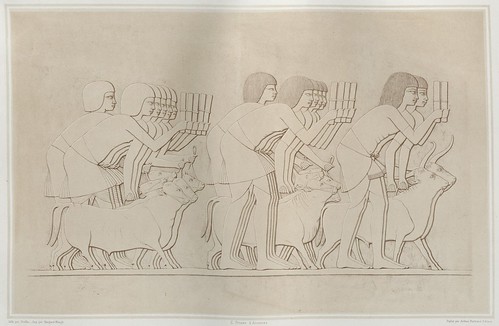
Counting the oxen - drawing of a bas-relief found in the tomb of Chamhati,
the superintendent of the royal domains during the 18th dynasty
the superintendent of the royal domains during the 18th dynasty
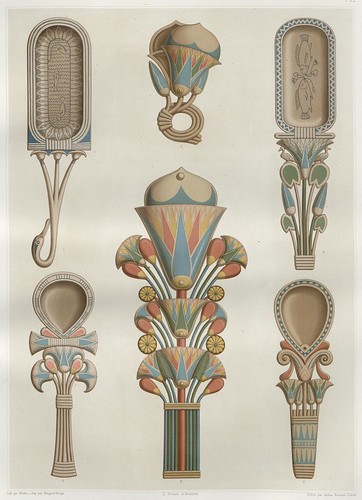
?Perfume containers and grooming utensils
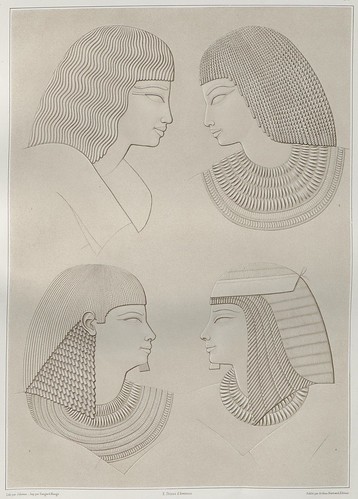
Profile portraits drawn from bas-relief figures at the Necropolis of Thebes.

Necklaces, bangles, rings and jewellery segments from various periods

A hunter returns to his barge - from a 12th Dynasty tomb painting
(2100-1900BC) at the cemetery of Beni Hasan*
(2100-1900BC) at the cemetery of Beni Hasan*
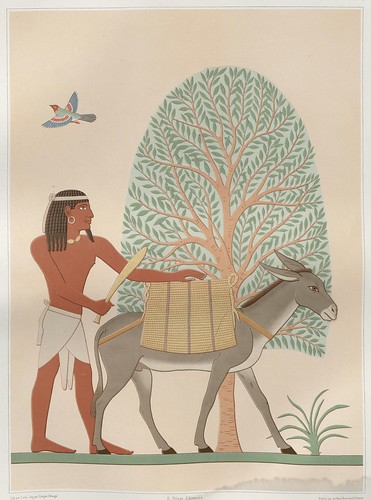
A native from the fabled and mysterious Land Of Punt carries goods on an ass
- from a painting found in the ?valley of El-Assacif at Thebes
- from a painting found in the ?valley of El-Assacif at Thebes
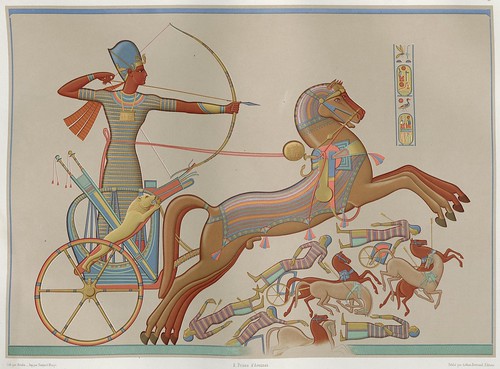
By the banks of the Orontes river, King Ramses II (Ramses-Meiamoun or Ozymandius* or Ramesses the Great, the third ruler of the XIXth dynasty and considered the most powerful Pharaoh of all) battles the Hittites (Khetas) from his chariot. Although not stated, this illustration presumably derives from a sculpture or bas-relief at the Ramesses II temple at Abu Simbel in Nubia.
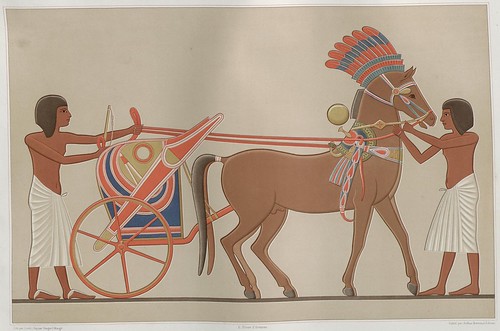
The Prince's chariot - from a sculpture at el-Amarna [Akhetaten] (300km south of Cairo)*; "..established and built by the Pharaoh Akhenaten of the late Eighteenth Dynasty (c. 1353 BC), and abandoned shortly afterwards.."
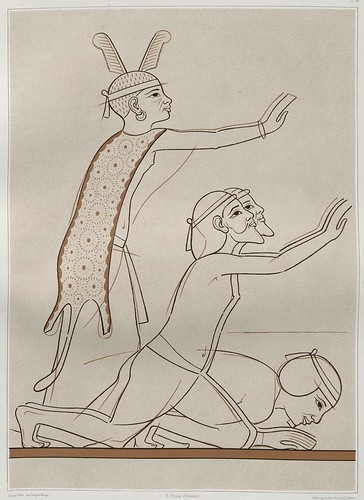
Sketch (of a sketch) of ?purification ritual foreigners prostrating before the Pharaoh from the Necropolis at Thebes
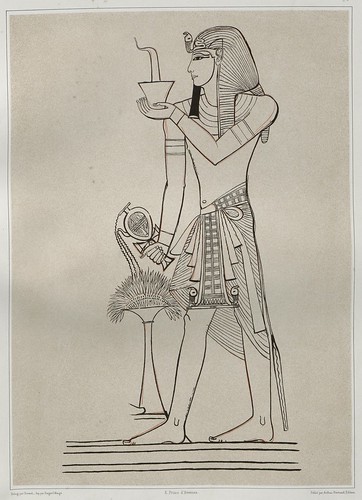
Sketch of Seti I, father of Ramses II from the Necropolis at Thebes

Satirical anthropomorphic 'cartoons' from an ancient Egyptian papyrus manuscript
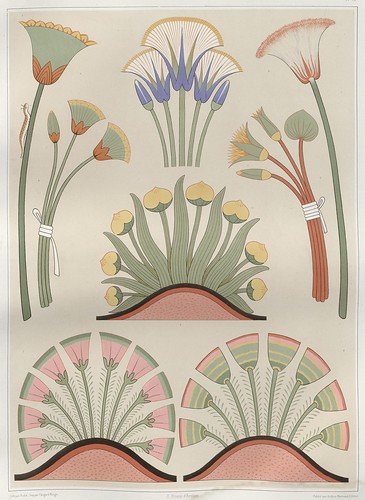
Flowers and plants derived from various monuments
[I've posted parts of a similar image before]
[I've posted parts of a similar image before]
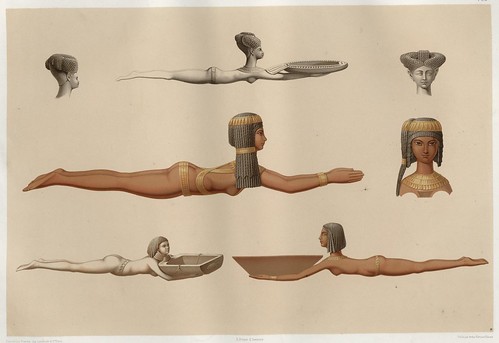
Painted wooden spoons and perfume vessels featuring
female figures of contrasting ethnicities or rank (or both)
female figures of contrasting ethnicities or rank (or both)
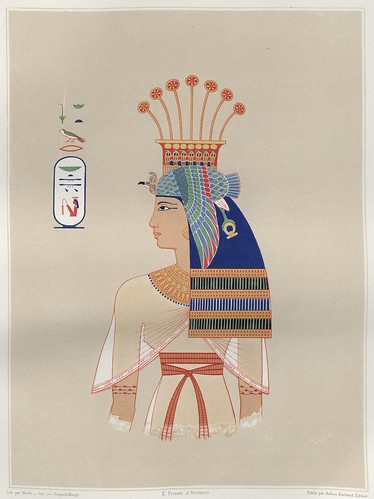
Portrait of Queen Nebto, daughter of Ramesses II (19th dynasty)

Weighing and judgement of the soul during
a funerary ritual at the court of Osiris (18th dynasty)
a funerary ritual at the court of Osiris (18th dynasty)
[click through for full-sized versions;
all these chromolithographs were cropped from full-page illustrations]
all these chromolithographs were cropped from full-page illustrations]
Émile Prisse d'Avesnes (d'Avennes) (1807-1879) was an important mid-19th century French Egyptologist and something of a polymath. He was a soldier, engineer, writer, illustrator and talented linguist.
From 1827 to 1844 d'Avesnes resided in Egypt, teaching cartography and working as an engineer for a time, but eventually he devoted himself to documenting and studying the archaeological treasures from ancient Egypt. He became proficient in hieroglyphs, on the back of Champollion's translations of the Rosetta Stone, and learned to speak at least half a dozen languages fluently during his expeditions around Egypt and further afield in the Arab world.
Ransacking of the artefacts was rife in those days of course and d'Avesnes helped excavate and transfer a large shipment of portrait reliefs from the Valley of the Kings to France, ostensibly to prevent their theft and use as local building material. The brazen act would earn d'Avesnes the Legion of Honour award when he returned to his homeland.
He published a number of Egypt-centric works in the decade following his return to France and eventually set about obtaining support for a further expedition which was undertaken from 1858 to 1860. On this occasion he was accompanied by a photographer (the photographs are now located in the French National Library).
"When he returned to Paris in I860; Prisse brought 300 folio drawings of paintings of various epochs, each up to seven or eight meters (23 to-26 feet) long; 400 meters (1300 feet) of paper impressions of bas-reliefs; 150 photographs of architectural and ornamental details, plans,sections and elevations; and 150 stereoscopic photographs, together with his enormous collection of drawing and notes. He also brought back, and later donated to the Louvre, the skulls of 29 mummies which he had identified by era, position and individual name." [source]
The most important of d'Avesnes' publications -- the subject of this post -- was released in installments over ten years and eventually compiled into a three volume work (one text and two illustrated atlases) in 1878 entitled: 'Histoire de l'Art Égyptien: d'après les Monuments; Depuis les Temps les Plus Reculés Jusqu'à la Domination Romaine' (~The history of Egyptian art from monuments from the earliest times up to Roman occupation).
- The images above come from the third volume of 'Histoire de l'Art Égyptien' which is (the only volume) available from Universitätsbibliothek Heidelberg (click 'atlas 2', anything below 'inhalt' and then 'vorschau' for thumbnails).
- Alternatively, all of the illustrations from the two atlas volumes can be seen at NYPL (albeit in smaller format).
- Prisse: A Portrait at Saudi Aramaco World.
- Previously in particular (all very much related and worth seeing): L'Art Arabe features similarly wonderful chromolithographs by Émile Prisse d'Avesnes and associated information. || Egyptian Monuments and Hieroglyphs [Karl Lepsius - who is named on at least one of the plates by d'Avesnes as the originator of the illustration] || The Monuments of Egypt and Nubia [featuring the results of work done by Jean-François Champollion and Ippolito Rosselini]
- Previously in general -- from the lackadaisical categorising system at Delicious bookmarks -- Egypt & Arabic.
- A new edition of d'Avesnes' opus was released in 2000 as: 'Atlas of Egyptian Art' {"E. Prisse D'Avennes" as author}.
- Et en Français: Émile Prisse d'Avennes (Egypt.edu) & Émile Prisse d'Avesnes (1807-1879), Willem de Famars Testas (1834-1896) et A. Jarrot à BNF.
